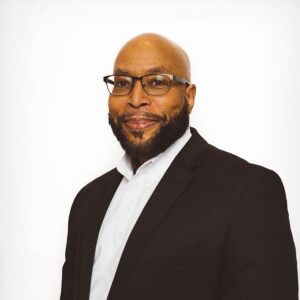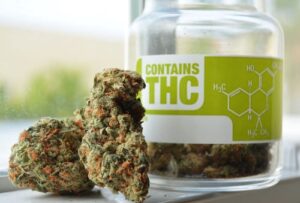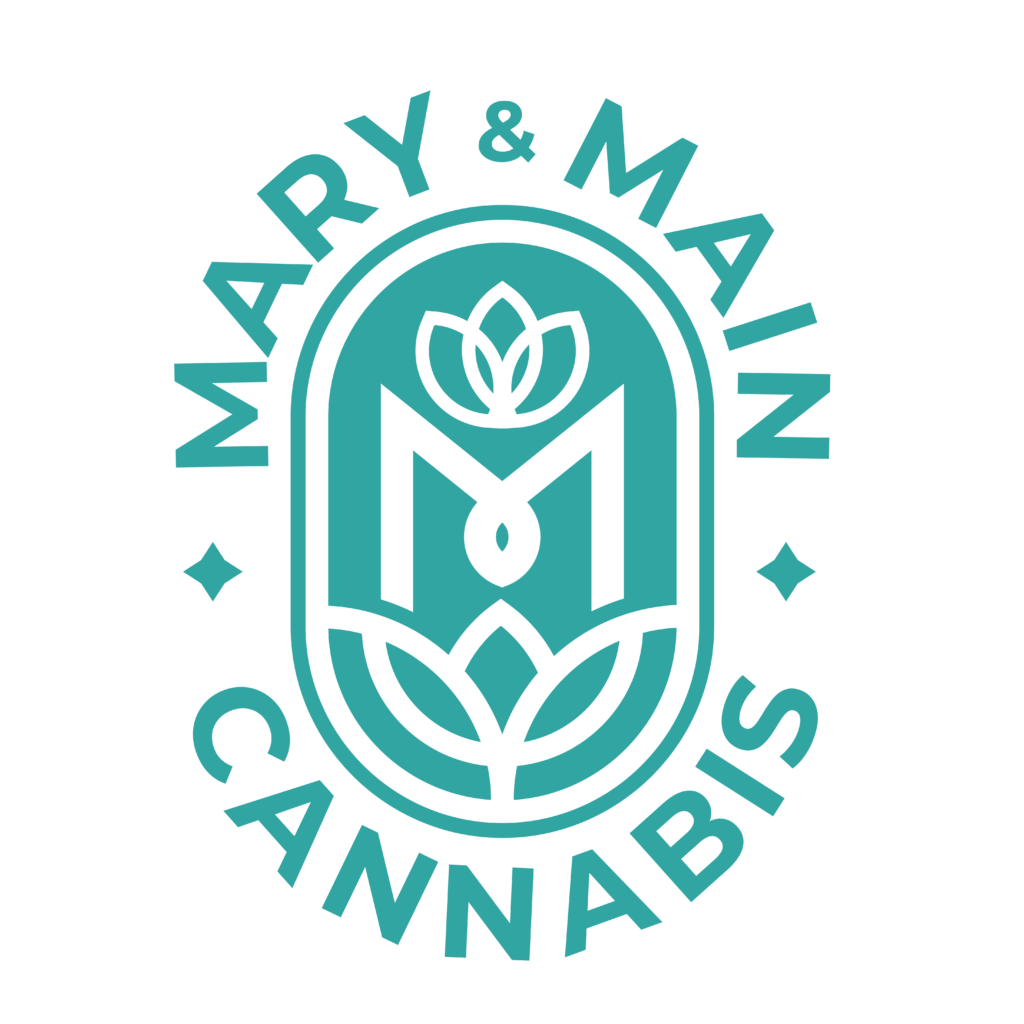Though the origins of Pride Month can span back to the ’50s, President Bill Clinton officially made it “Gay and Lesbian Pride Month” in 2000. President Barack Obama made it more inclusive in 2011, calling it Lesbian, Gay, Bisexual, and Transgender Pride Month. But however you define the true origin of Pride, it is with no question that the month of June is filled with rich history, celebration, and of course, pride.
History
When we think about the beginning of the gay rights moement in this country, many people tend to point to June 28th, 1969. This is the night of the Stonewall Riots. At this time, people that cops perceived as men could be legally arrested for doing drag, and people that cops perceived as women could also be arrested if they were found wearing less than three pieces of “feminine clothing.” Police often raided bars to search for these so-called violations. It was this night that the patrons of the Stonewall Inn bar in New York City, led by trans women and femmes of color, bravely fought back against a routine police raid. Many cite this raid-turned-riot when asked about the origins of Pride Month.
Pride In DC
LGBTQ+ people have made DC their home since the day the city was founded. But it wasn’t until the middle of the 20th Century that the community began to notice and take action for LGBTQ+ rights. Since then, DC has come a long way in their journey toward equality.
Timeline
In the 1940s and 1950s, there was police action, purges of federal employees, and discriminatory laws passed. But it also the first time we saw stirrings of gay and lesbian organizations forming.
In the 60s, DC saw unprecedented action on equal rights for African-Americans, Latinos, and women. Tthe DC gay and lesbian activists of that time seized the opportunity to make their case for equality.
By 1970, Pride broke through as the gay and lesbian community surged out of the closet all across the nation and here in DC. Tired of hiding, gay men and lesbians saw visibility as the first big step toward equality.
As things started to look brighter, the 1980’s brought the beginning of the HIV/AIDS epidemic. It was also a decade of constant political and legal struggle for equal rights and simple survival.
In the last decade of the 20th century, there were glimmers of hope for the LGBTA community as we began to see a friendlier political environment and effective HIV treatments. But there were also frustrating losses and new fronts in the movement for equality.
By the time the 21st century came around, there were landmark victories showing that the tide was turning in favor of LGBTA equality.
At the midway point of the second decade of the 21st Century, the change we are seeing has been nothing short of inspiring and hopeful for the future.
Impact
The history and celebration of pride is essential for the LGBTQ+ community. It is more clear than ever that activism sparks change and we must come together to be courageous, compassionate, and caring for the benefit of all human beings.






